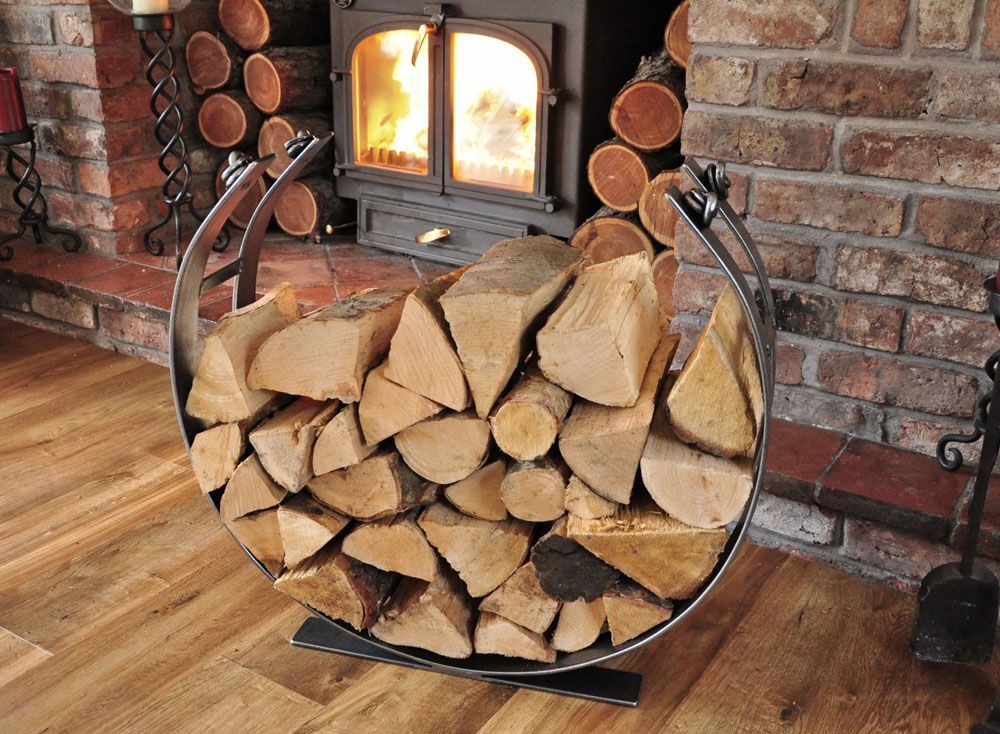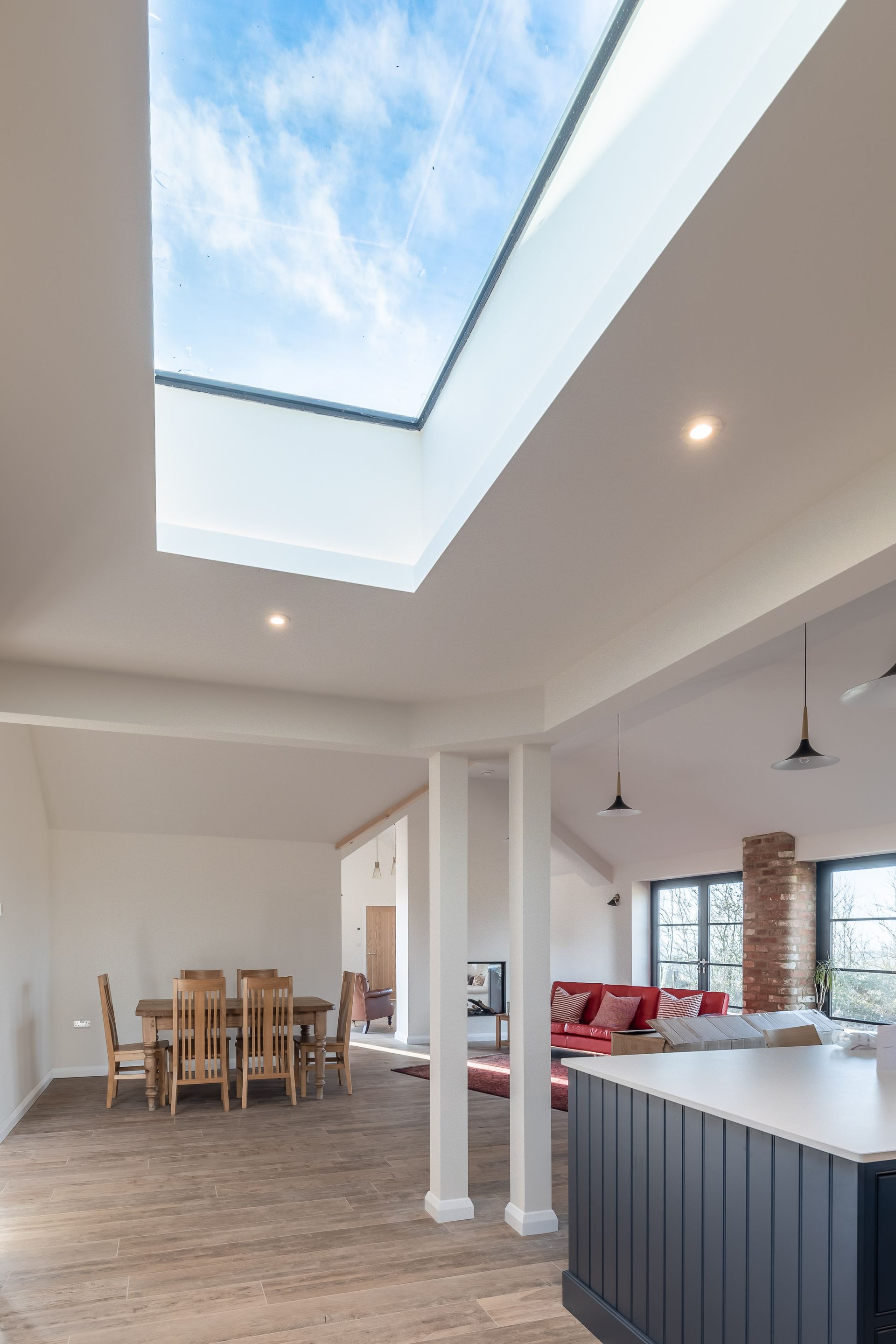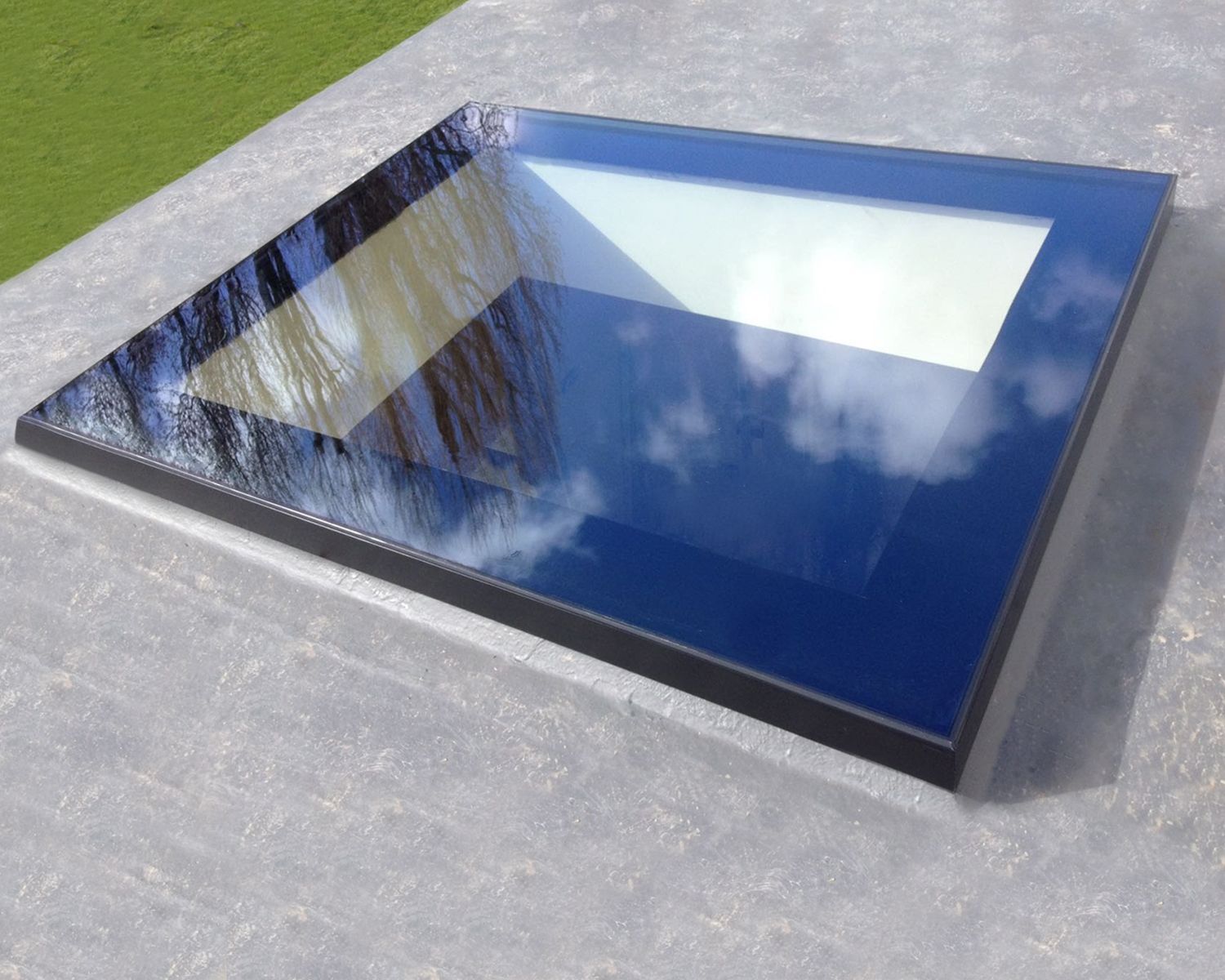What’s the Difference Between Spigot and Socket Ends?
There’s lots of different terminology in the world of cast iron; from half pipes to ogee gutters, and from hopper heads to wooden pipe bobbins, and everything in between. Amongst the most commonly mixed up cast iron components, however, are spigot and socket ends. In this blog, we’ll be looking at what exactly these both are, as well as how they differ from one another. The simplest way of thinking about it is in a male/female context, as we’ll now see.
What are Socket Ends?
Socket ends can be thought of as the female connection in the joint between two cast iron pipes or other cast iron accessories. The socket end is the end into which the spigot end (of another pipe) fits. An example of a socket end can be seen here.
What are Spigot Ends?
Spigot ends are the male connection in the joint between two cast iron pipes, with the spigot end fitting into the socket end. An example of a spigot end can be seen here.
What Other Types of Joint Are There?
Spigot/socket joints are common, particularly in the case of cast iron pipes, but they’re far from being the only joint type. Other frequently seen joint types include: flanged joints, expansion joints, flexible joints, collar joints and screwed and socket joints.
Flanged Joints
Flanged pipes are joined together using external screws, rather than one end fitting into the other.
Expansion Joints
These joints are typically used in instances where there’s a particular need to absorb vibrations and shocks.
Flexible Joints
These are usually made using rubber bellows to enable flexibility (hence the name) and are therefore most commonly used in instances where the piping will be exposed to movement of any kind.
Collar Joints
Collar joints are typically used in large diameter pipes such as sewers. They comprise a ‘collar’ which encases the two adjoining pipes.
Screwed and Socket Joints/Threaded Union Joints
Two sections of pipe with threaded ends are connected via a ‘threaded union’ – essentially a small piece of metal with two threaded sections, separated by one metal nut, which each pipe can screw into. This joint is particularly useful for piping which regularly needs to be disassembled for whatever reason.
Joint Accessories
When it comes to cast iron soil pipe accessories, everyone should have a bottle of sealant in their shed. This can be used to seal up any joints, either newly formed or to repair leaky joints. Each bottle will typically have enough to seal up around four separate joints. Get yours here.
Final Thoughts…
Hopefully, having read this, one more piece of jargon has been busted for you. If you’d like to view any of our cast iron rainwater and soil goods (whether spigot or otherwise) then check out our products page, here. Alternatively, if you want to get in touch, then you can fill out one of our enquiry forms or give us a call on 01752 917 497.

All Rights Reserved | METAL & GLASS LTD
Company Number | 12113002





